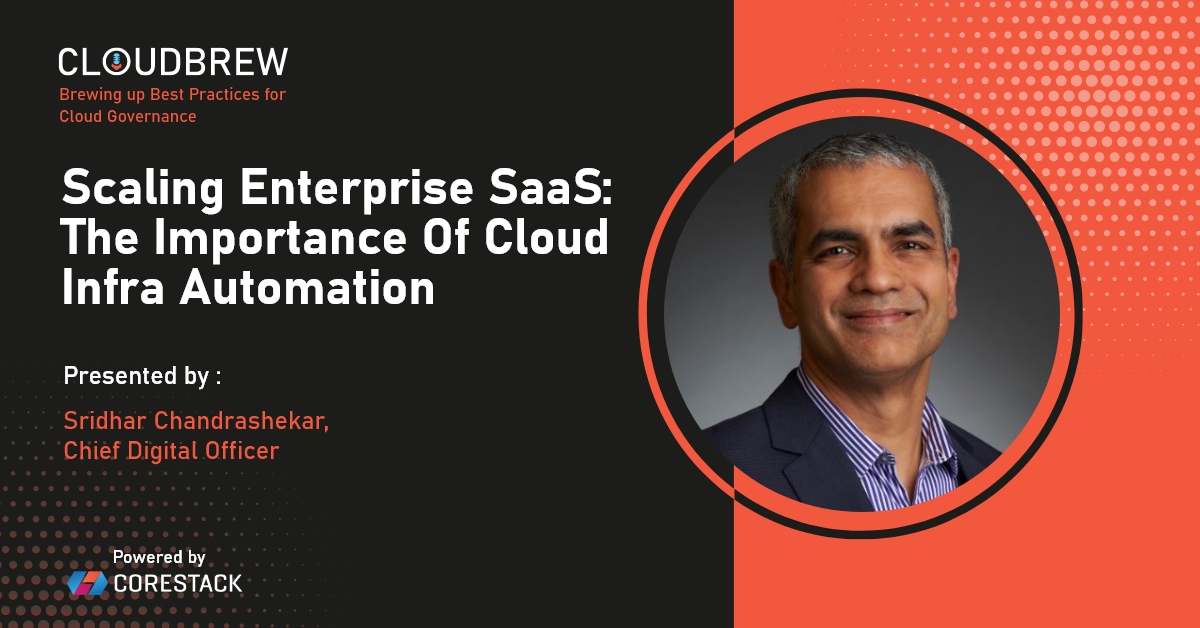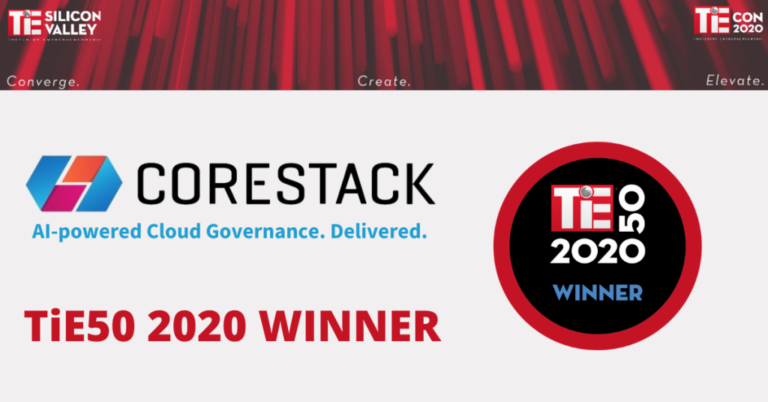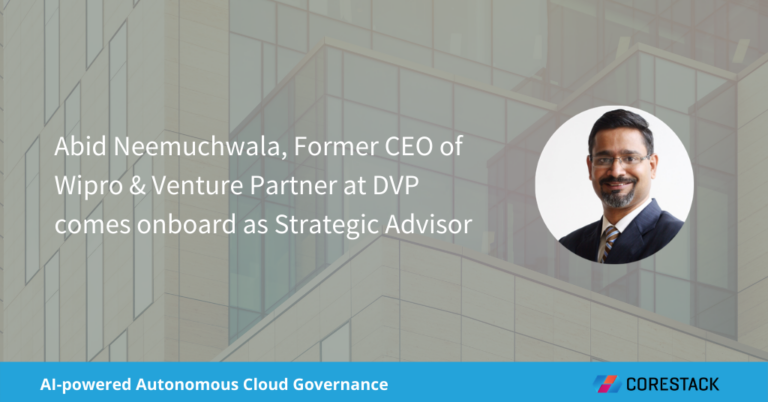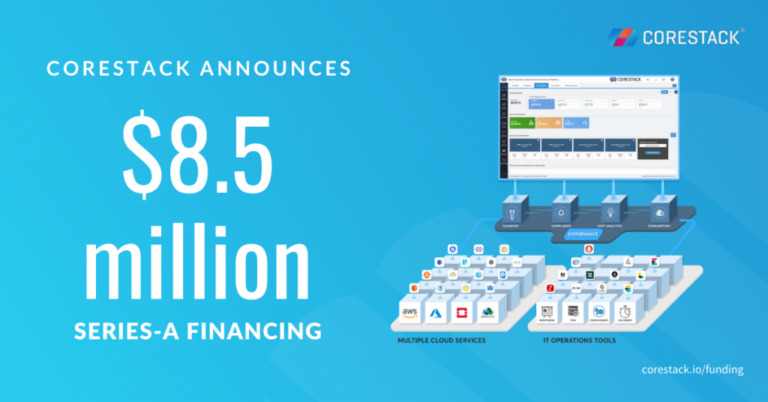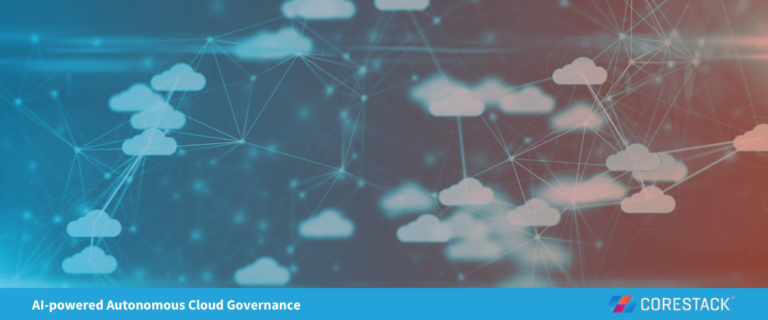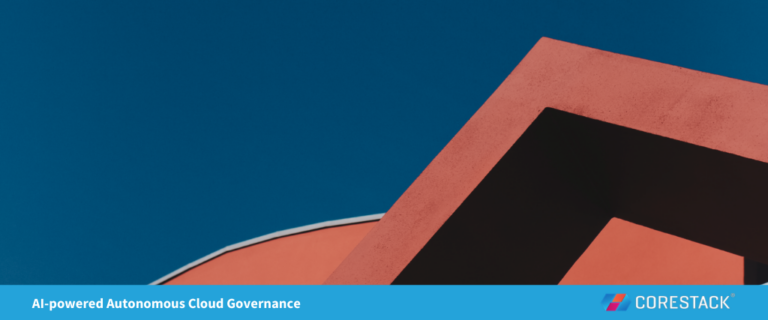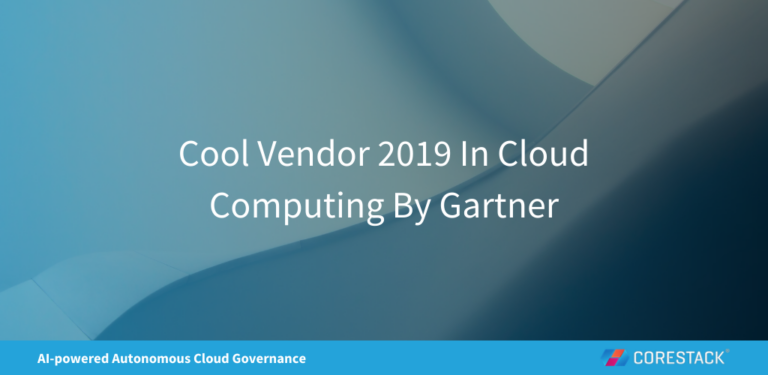Scaling Enterprise SaaS: The Importance of Cloud Infra Automation
In episode 9 of CloudBrew, CoreStack's Chief Digital Officer reveals the key to growing enterprise SaaS
There’s something every SaaS provider needs, but many overlook … until it’s too late. If you’re wanting to scale the enterprise, the conversation must include cloud infrastructure automation.
Why? Because it enables you to increase productivity, reduce costs, improve predictability, and much more.
In Episode 9 of CloudBrew, CoreStack's NextGen Cloud Governance podcast, we get the secret to scaling from Sridhar Chandrashekar, CoreStack’s Chief Digital Officer.
All Roads Lead to and from the Cloud
Chandrashekar first provides background on cloud and cloud applications: “When it comes to modern technology infrastructure, almost all roads digital lead to and from the cloud. Cloud usage continues to grow at a rapid pace. According to Gartner, overall cloud spend will reach nearly $600 billion in 2023. And IDC is forecasting about $1.3 trillion by 2025. A typical enterprise SaaS provider offers their product in a public, private, or hybrid cloud. That product will have to be deployed, provisioned, configured, managed, monitored, secured, and serviced to provide a certain SLA. That SLA also includes the promise of high availability, disaster recovery, backup, restore data isolation, and so on.”
Underlying Cloud Infrastructure
When asked to apply this all to infrastructure and automation, Chandrashekar states: “For such a product—one they offer to run in the cloud—there’s an underlying cloud infrastructure, which is an associated set of processes. They form a library of standard operating procedures, or SOPs. These SOPs outline how to execute the processes in a predictable manner. Cloud infrastructure automation is all about automating these processes and helping enterprise companies to scale their business, increase productivity, reduce costs, improve predictability, and boost agility—so that they can increase their service health, get higher margins, and deliver better customer satisfaction. Cloud infrastructure automation is a critical and necessary ingredient for SaaS enterprises to achieve enterprise scale. An extremely well executed version of this is often referred to as zero touch automation.”
What Does “Scaling the Enterprise” Really Mean?
“As a SaaS company grows and begins to have medium and large enterprise customers, the expectations grow as well,” says Chandrashekar. “What is typically considered ‘nice to have’ capabilities by small and medium businesses becomes table stakes for large enterprises. The SLAs regarding high availability, disaster recovery, backup, and restore become extremely stringent and harder to meet. The amount of data that is ingested, processed, analyzed, and reported grows from tens of millions of records per day to billions of records per day. The availability of the product in different regions of the world—and meeting their unique privacy guidelines, data isolation, and data sovereignty rules—becomes a requirement at with large enterprises. Customer support and customer success engagements for critical issues also must be addressed 24/7, 365 days a year—wherever you're in the world. That is what enterprise scale looks like.”
Automating the Infra
When asked about automation, Chandrashekar gave the following guidance: “It's never too early to start focusing on automation. Once the minimum viable product, or MVP, is ready, even for beta, it's a good time to start this. The way to think about this is to itemize, categorize, and prioritize the SOPs included in a customer instance.”
Chandrashekar lists the following when it comes to automation value:
- Initial deployment
- Provisioning a customer instance
- Upgrading the product
- Managing, monitoring, and upgrading the platform
- Self-healing proactive measures
- Troubleshooting and fixing issues
“All of these can be automated,” he reports. “The approach on how it should be done depends on the company and the product offered. Typically, it starts with getting buy-in from the leadership team, which must be completely bought in to invest in this discipline. Then, you need to have the list of SOPs, from initial deployment to steady state managing of customer instances. Then, getting the input from the operations team, which is going to run this product in the environment. And then, itemizing and identifying the components to automate, making sure that the requirements are thoroughly understood, and the SLAs are set up with the operations team. Once you build all of this, you test it and make sure it meets the stringent guidelines before releasing it to production and monitoring it on a continuous basis—and iterating it.”
Chandrashekar then emphasizes the requirement of constant monitoring and updating as needed: “The product doesn't stay still; it continues to evolve as it continues to evolve.”

